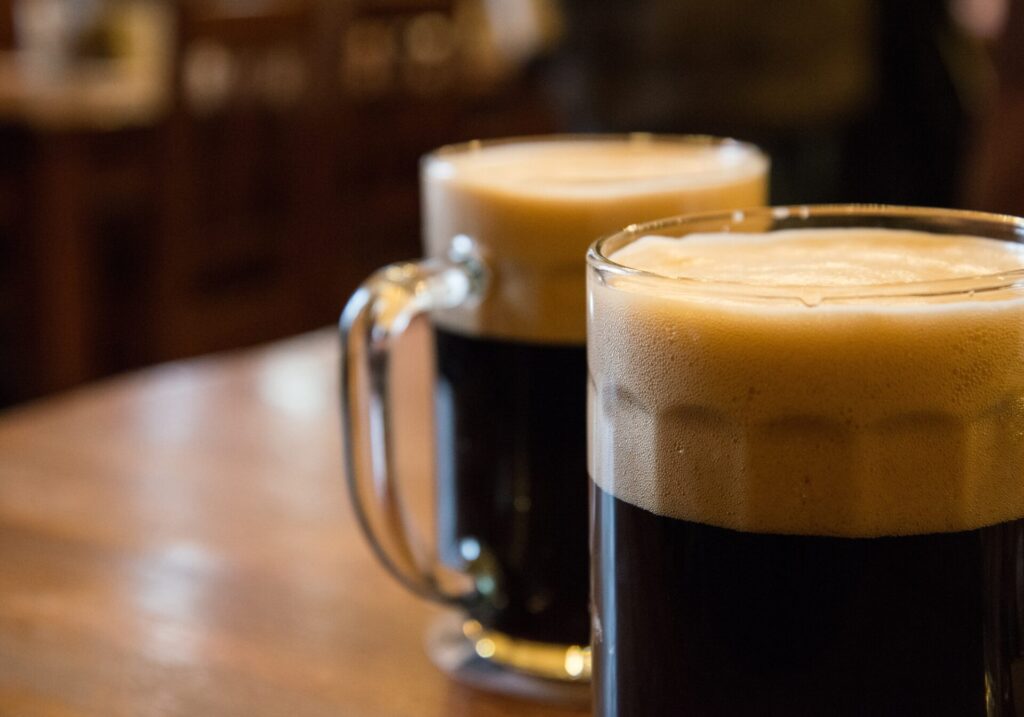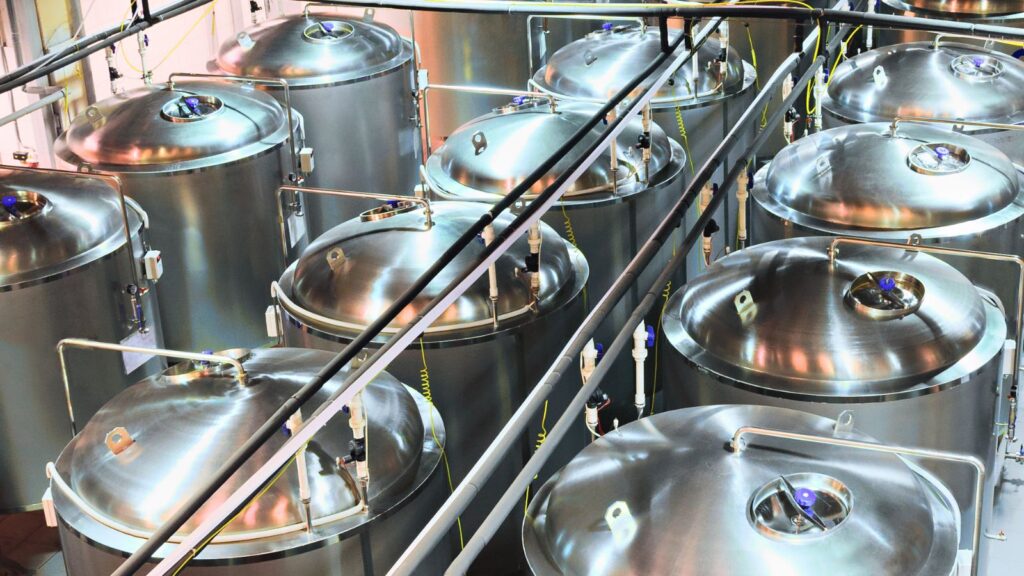7 Cool Wall Mounted Bottle Openers
Last Updated:
There is nothing worse than having a cold bottle of beer and no way to open it. We have all experienced that moment of despair …
Last Updated:
There is nothing worse than having a cold bottle of beer and no way to open it. We have all experienced that moment of despair …

Last Updated:
NOTE: In the most recent 2021 BJCP Style Guidelines, an English IPA falls under the category 12 Pale Commonwealth Beer which includes pale, moderately strong, …

Last Updated:
NOTE: In the most recent 2021 BJCP Beer Style Guidelines Russian Imperial Stouts now fall under the Category 20C Imperial Stout. A subcategory of American …
Last Updated:
Other Fermentable Brewing Sugars There are many other brewing sugars used in brewing beer besides barley. Any starch or sugar can be used as a fermentable …
Last Updated:
Tasting and Judging For Style of Beer Evaluating beer is an art as much as a science. We are judging beer every time we drink, …

Last Updated:
Fermentation equipment is pretty simple for the homebrewer. When setting up a brewing station at home, you have a few basic choices for the equipment …
Last Updated:
Off Flavors in Your Beer-Detection, Identification and Prevention Troubleshooting the off flavors in your home brewed beer is an art as well as a science. …
Last Updated:
Beer Clarity – What to Do About Hazy Beer Beer clarity has become an important aspect of most beers since the first pilseners arrived. American light …
Last Updated:
DMS in Beer – Dimethyl Sulfide DMS in beer, or Dimethyl Sulfide, is a volatile sulfur based compound which if noticed, will be perceived as cooked …
Last Updated:
Esters In Beer Most esters in beer are formed by esterification of ethanol with fatty acids and a molecule called acetyl coenzyme A (or aCoA …